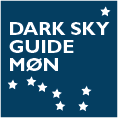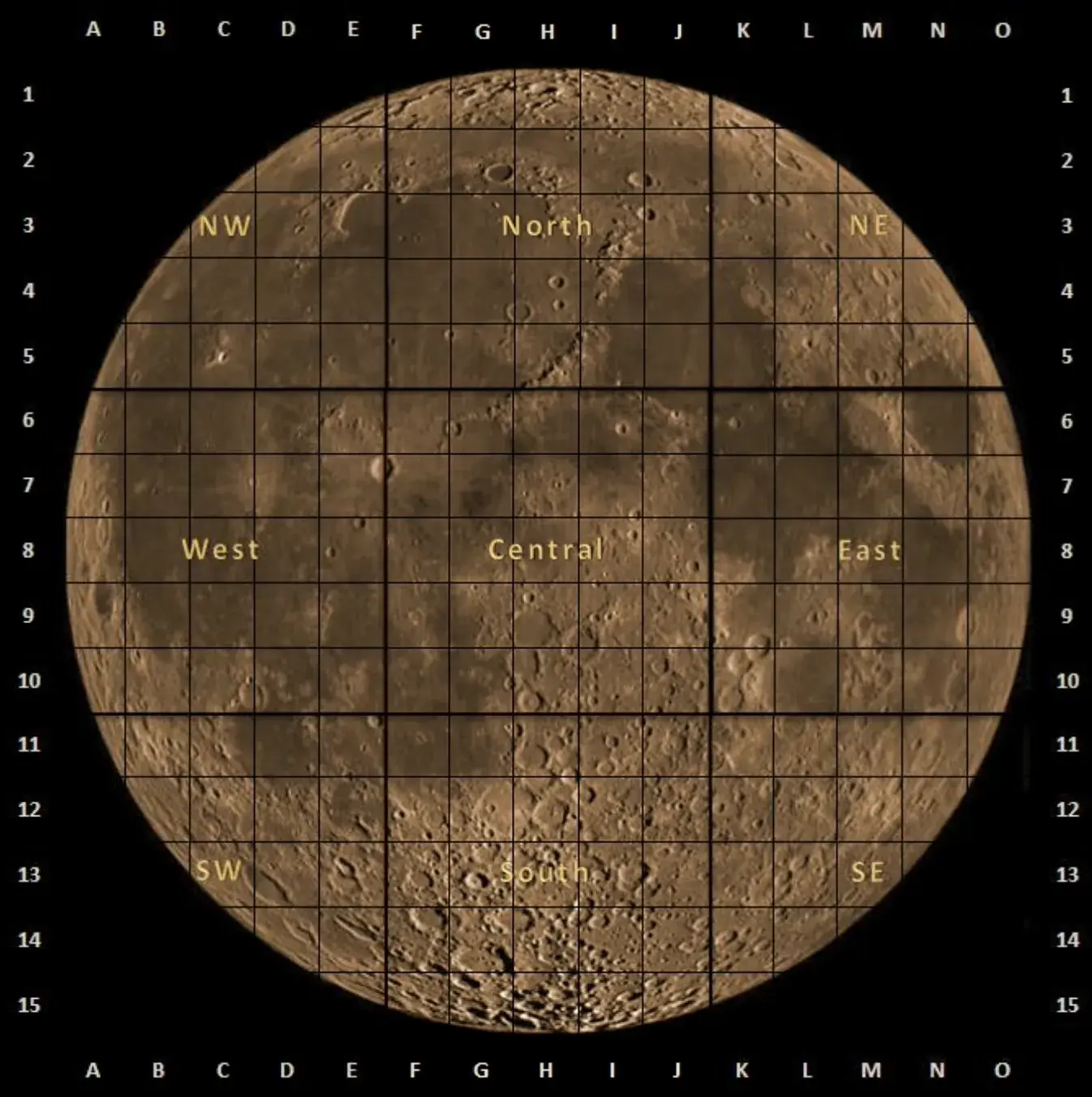The Moon, Earth's only natural satellite, has various features that make it a fascinating celestial object. Here are some of its prominent features:
- Craters: The Moon's surface is covered with numerous craters of different sizes. These craters are formed by the impact of asteroids, meteoroids, and comets over billions of years. Some of the larger craters have central peaks, and others may contain dark basaltic plains.
- Maria (Seas): The Moon has large, dark, flat areas called maria (Latin for seas), which are ancient volcanic plains. These maria were formed by volcanic activity early in the Moon's history. Examples include the Sea of Tranquility (Mare Tranquillitatis) and the Sea of Serenity (Mare Serenitatis).
- Highlands: The lunar highlands are lighter in color and more mountainous compared to the maria. They are older than the maria and are thought to have formed during a period of intense bombardment early in the Moon's history.
- Rilles: Rilles are long, winding channels on the lunar surface. There are two types: sinuous rilles, which resemble river channels, and straight rilles, which are linear grooves. They are believed to be the result of ancient lava flows or collapsed lava tubes.
- Regolith: The Moon's surface is covered by a layer of fine dust and rocky debris called regolith. This layer is the result of the constant bombardment by micrometeoroids and the breakdown of rocks by solar radiation.
- Impact Basins: Large impact basins, such as the South Pole-Aitken Basin, were created by colossal asteroid or comet impacts. These basins are some of the oldest and deepest features on the Moon.
- Lunar Maria Swirls: Some regions on the Moon's surface, particularly within the maria, exhibit lunar swirls—bright, sinuous features that stand out against the darker surroundings. The origin of these swirls is still not fully understood, but they are thought to be related to variations in the Moon's magnetic field and interactions with the solar wind.
- Lunar Maria Domes: Some regions within the maria contain volcanic domes, which are raised, circular features thought to be the result of volcanic activity.
- Lunar Libration: Due to the elliptical shape of the Moon's orbit and its axial tilt, observers on Earth can see slightly more than half of the Moon's surface over time. This phenomenon is known as lunar libration.
These features contribute to the Moon's unique appearance and provide valuable insights into its geological history and the processes that have shaped its surface over billions of years.
See the interactive Moon Atlas to identify craters and other features of the Moon.

